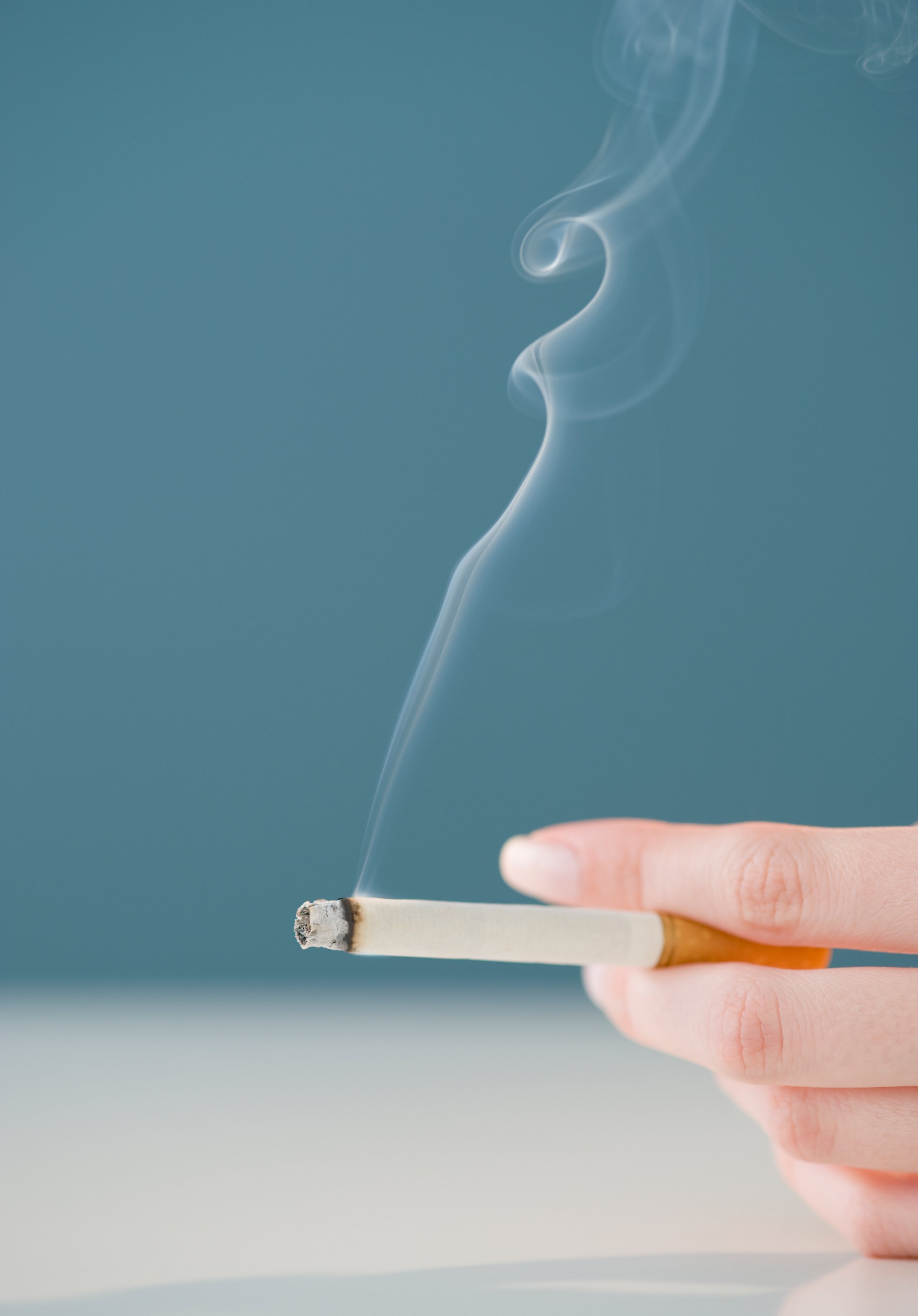
Your favorite health vices—smoking and drinking—may pave paths to HPV, two new studies find.
A new study published in a research letter in JAMA looked at detailed health profiles from 6,887 participants in the National Health and Nutrition Examination Survey (NHANES). Those people with higher levels of biomarkers for tobacco exposure in their blood and urine also tended to have a higher prevalence of oral HPV type 16. That’s a strain that causes more than 90% of HPV-related oropharyngeal—or throat—cancers, says study co-author Dr. Gypsyamber D’Souza, associate professor at Johns Hopkins Bloomberg School of Public Health.
(By the way, you can only get oral HPV through intimate oral contact—not by sharing forks or kisses on the cheek, D’Souza says. It’s unclear whether French kissing, when you’re actually exchanging saliva, also does the trick.)
The main causes of throat cancers are tobacco, alcohol and HPV, she says, but since tobacco use has declined in the U.S., HPV is becoming an increasingly important player.
“HPV is the primary causal agent of HPV-related oral cancer,” D’Souza says, and most people clear the infections on their own. “But these results suggest that tobacco may make these infections less likely to clear, and therefore smokers may have a higher risk of eventually developing oropharyngeal cancers.”
The increased risk doesn’t only come from smoking cigarettes: the researchers found an association with oral HPV-16 and tobacco exposure in general, even at very low levels indicative of secondhand smoke. People who were current tobacco users had more cases of oral HPV-16 than former users or people who had never used it.
The good news is that the HPV vaccine protects against HPV type 16, and though it hasn’t been definitively shown yet to protect against oral infection, some data suggest that it does, D’Souza says.
In other HPV-related news, a separate questionnaire study on 1,313 men published earlier this month in BMJ found that men who reported drinking more alcohol tended to also have higher levels of HPV. In fact, the biggest drinkers in the study had 69% of HPV prevalence vs 57% among the men who drank the least. (For HPV types that may increase the risk of cancer, those numbers were 35% vs 23%.)
Neither study could definitively point to a cause or mechanism, but studies have shown that smoking and drinking have immunosuppressive effects, which can promote inflammation and infection.
“What this adds to the story is an understanding of one reason why people who have not had very heavy sexual history, people who’ve had one lifetime partner . . . develop these cancers,” D’Souza says. “This cross-sectional study suggests that in some people tobacco use might be an explanation.”
More Must-Reads from TIME
- Why Trump’s Message Worked on Latino Men
- What Trump’s Win Could Mean for Housing
- The 100 Must-Read Books of 2024
- Sleep Doctors Share the 1 Tip That’s Changed Their Lives
- Column: Let’s Bring Back Romance
- What It’s Like to Have Long COVID As a Kid
- FX’s Say Nothing Is the Must-Watch Political Thriller of 2024
- Merle Bombardieri Is Helping People Make the Baby Decision
Write to Mandy Oaklander at mandy.oaklander@time.com